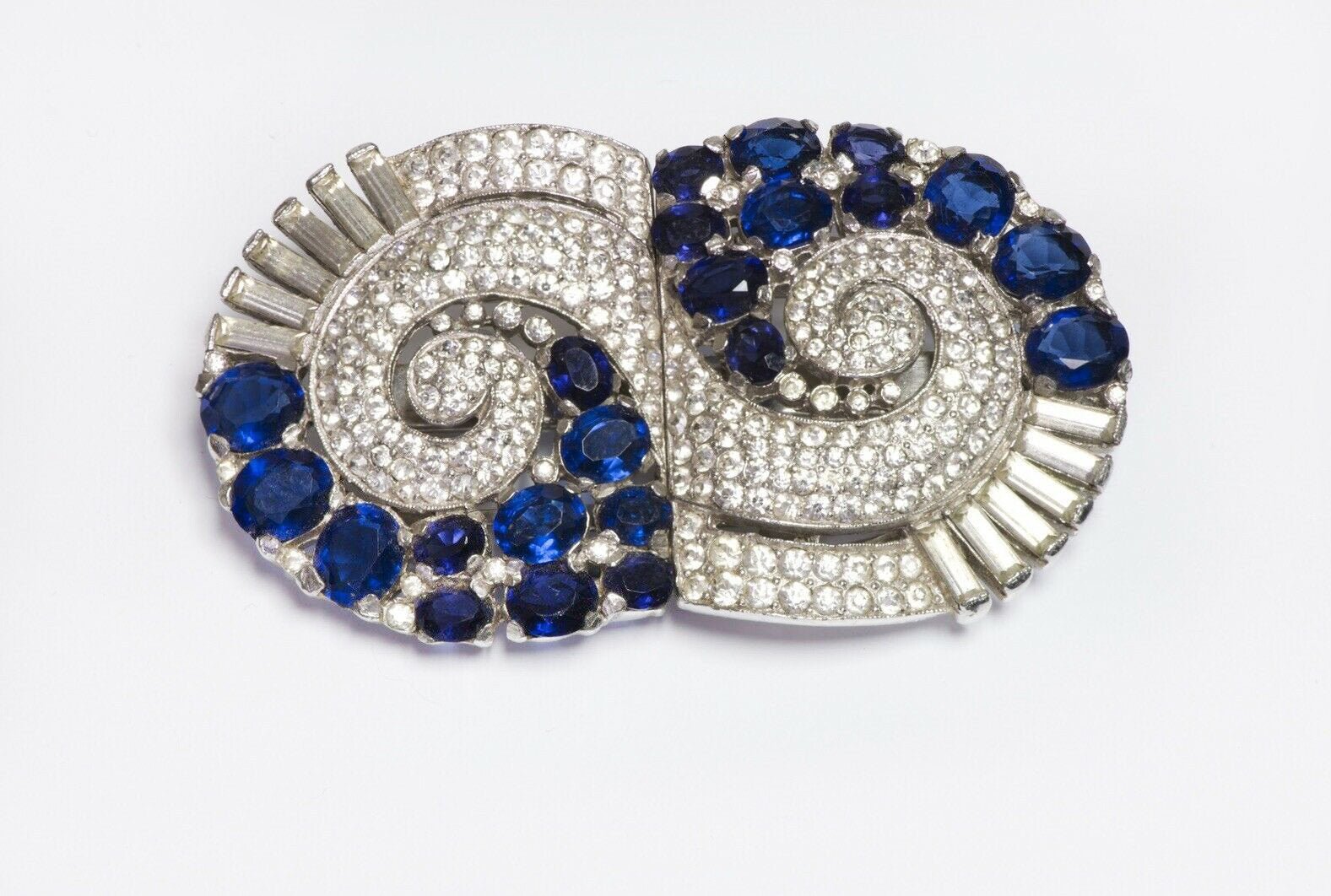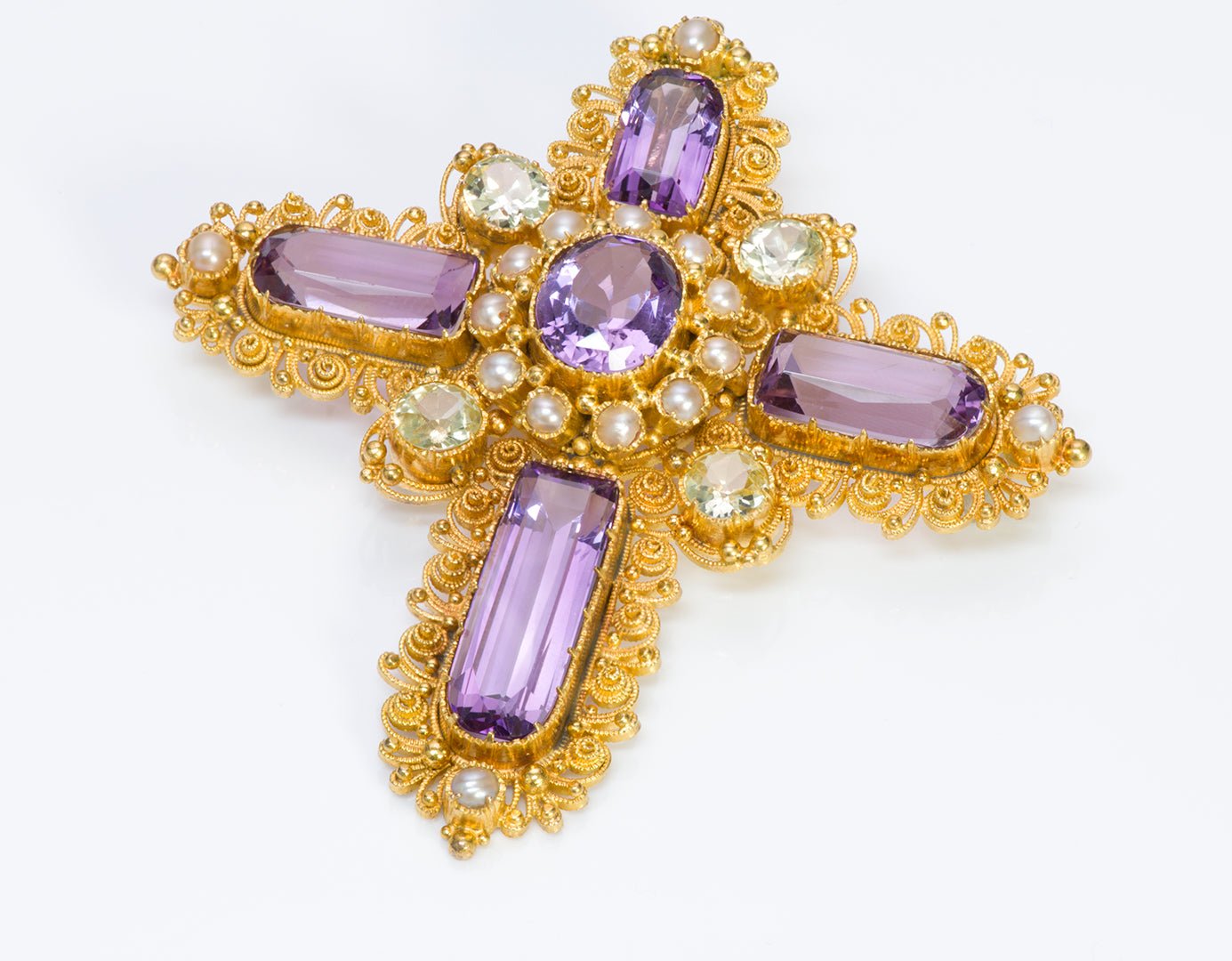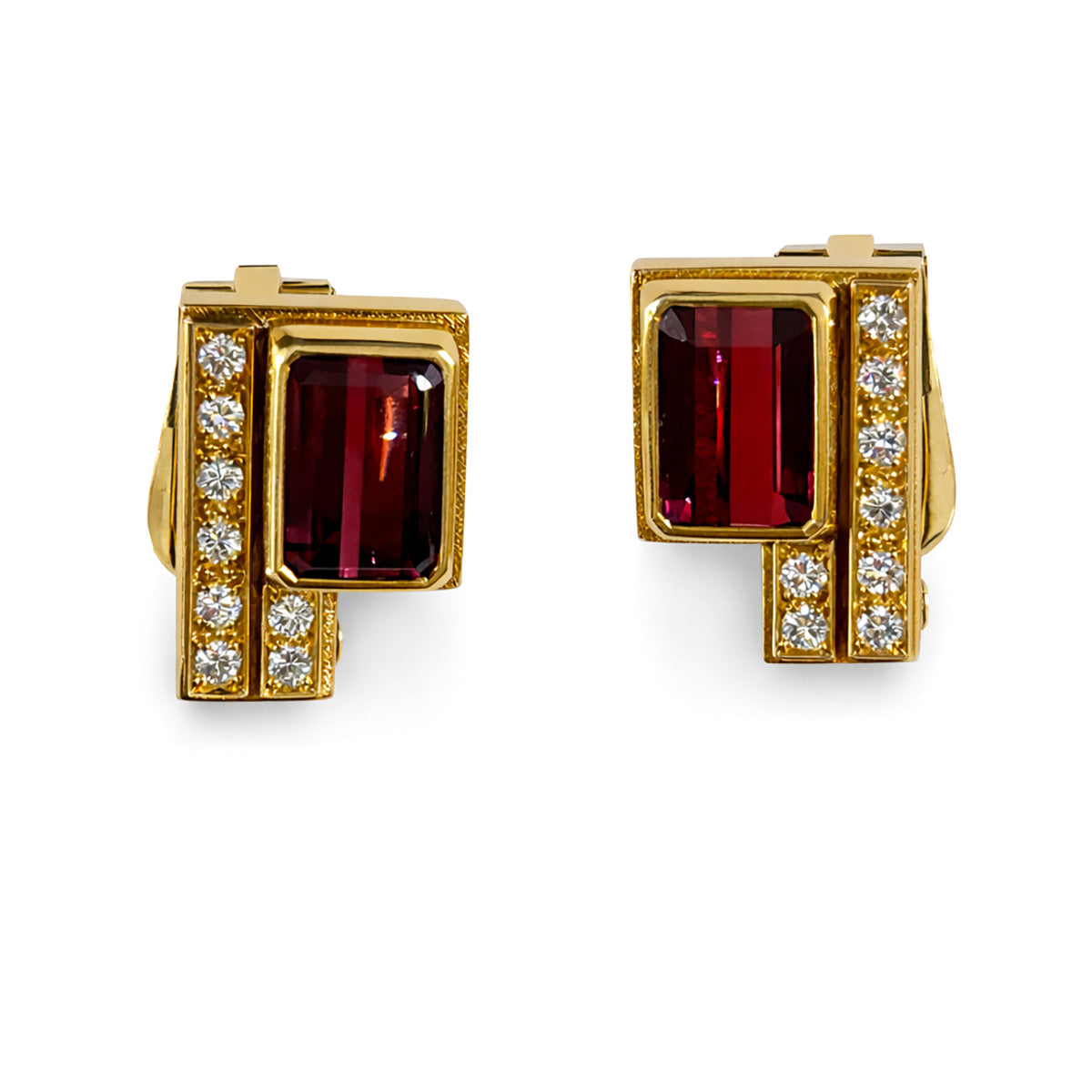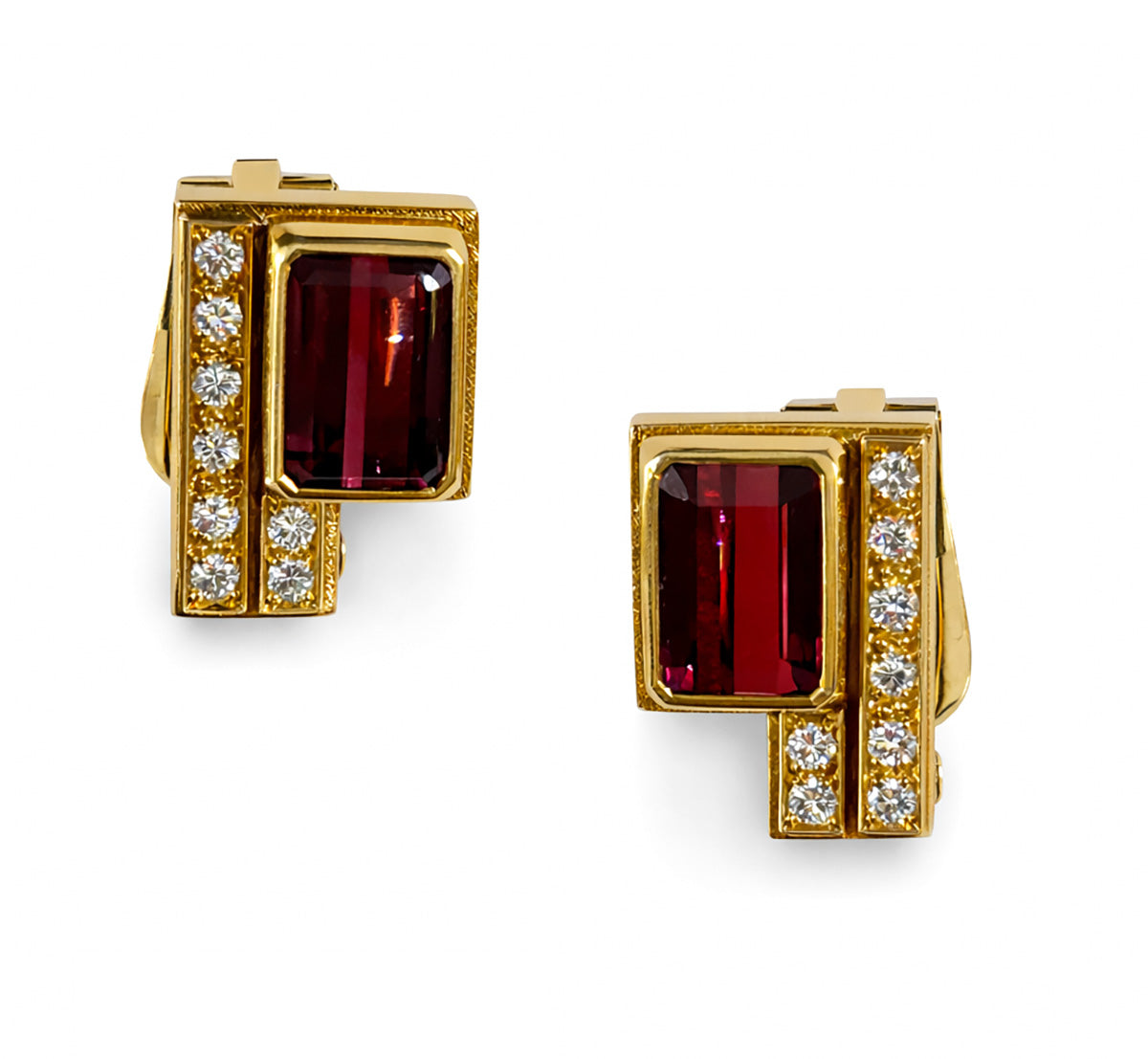
Meet The Legendary House of Trifari
Gustavo Trifari, the founder, was born to a family of goldsmiths, native to Naples, Italy. He immigrated to the U.S. in 1904, and in 1910 established a jewelry firm with his uncle Ludovico Trifari. Gustavo had been trained and comprehensively prepared by his grandparents to take on a challenging task of jewelry creation business. Trusting his skills, experience and aesthetics, he boldly started off by producing expensive looking pieces.
The Name May Change, But Never the Character
Trifari Jewelry was named after its founder Gustavo Trifari, who worked with uncle under the name of Trifari and Trifari in 1910.
The company underwent several name changes; being called Trifari Costume Jewelry when Gustavo’s uncle left the firm; Trifari, Krussman, and Fishel (KTF), based on a business association with Carl Fishel, and Leo Krussman; and then back to simply Trifari. The company’s mark naturally underwent changes with each subsequent modification of company name and style.
What never changed was that eagerness for innovation, especially when it comes to the ways Trifari has reached its new customers. Trifari was the first costume jewelry maker to market its wares in a nationwide advertising campaign.
In 1938, the campaign “Jewels by Trifari” was launched and the slogan was employed for decades. The advertisements were gorgeous and the slogan “if it isn’t signed, it isn’t Trifari”, established the brand in the upper echelons of costume jewelry designers.
The Early Trifari Costume Jewelry Resembles Fine Jewelry
While holding onto high standards in craftsmanship, design, and beauty, Trifari created jewelry pieces using an array of less expensive materials other costume jewelry designers like Kenneth Jay Lane, Renoir and Matisse, and Miriam Haskell used, such as: Rhinestones, coral, enamel, jade, and colored stones set in metal. In Trifari’s early days, many fashion magazines would compare Trifari pieces to Chanel costume jewelry. The fashion editors would note Trifari pieces were much smaller in size, with delicate and intricate designs, thus resembling fine jewelry more than costume jewelry.
Since the mid 1990s, Trifari has been a part of the Monet jewelry group. The branded pieces produced by Trifari before the ‘90s are always most warmly welcomed among the collectors.
The Reign of Alfred Philippe
In 1930, Alfred Philippe joined Trifari as the head designer and brought the company to the whole new level of success.
Parisian born Alfred Philippe trained at the prestigious Ecole Boulle. This equipped Philippe with the unique skill set and enabled him to become a designer at the elite firms of Cartier and Van Cleef and Arpels.
Philippe introduced the high level of craftsmanship that he picked up at Cartier and Van Cleef and Arpels to Tiffany's costume jewelry pieces, thus further building up on the fine jewelry look Tiffany's had been famous for.
Philippe Was the Extraordinary Mastermind Behind Trifari’s Successful Designs
In the 1940s, Trifari sought new materials in the wake of metal rationing during World War II. Trifari began to make costume jewelry pieces using sterling silver and gold, making them much more expensive. Trifari’s war-era sterling pieces are among the most highly sought after of all Trifari collections.
Philippe made designs incorporating patriotic symbols, like flags and eagles, glorifying the American Armed Forces and their role in the Second World War.
Jelly Belly Jewelry, Clip Mates, and Tutti Frutti
Not many people know that it was Alfred Philippe who materialized the celebrated Jelly Bellys.
Jelly Belly pins were named for the solid lucite belly of the insect or animal figural. Lucite, being essentially plastic, was the distinctive feature of these pieces.
Another innovative design offered at the time was called Clip Mates. When the two-piece Clip Mates were united, it became a large brooch, and when separated, Clip Mates could be used as dress clips.
Floral motifs made of bright stones gained fame under the artistic eye of Philippe, who designed them. These bright and colorful designs were named Fruit Salad, or Tutti Frutti.
From Jewelry Design to Brand’s Logo
Alfred Philippe famously designed crown pins, each with individually set rhinestones, colorful cabochons, and decorated with rock crystal. These crowns were so successful, that Trifari added this motif to the brand’s logo, symbolic of the design’s success. In Philippe’s time, the crowns were made of gilded silver and semi precious stones.
It was the mind of Alfred Philippe who pushed Trifari to unparalleled heights. His designs live on today, being ever popular among collectors and fashionistas alike.





















